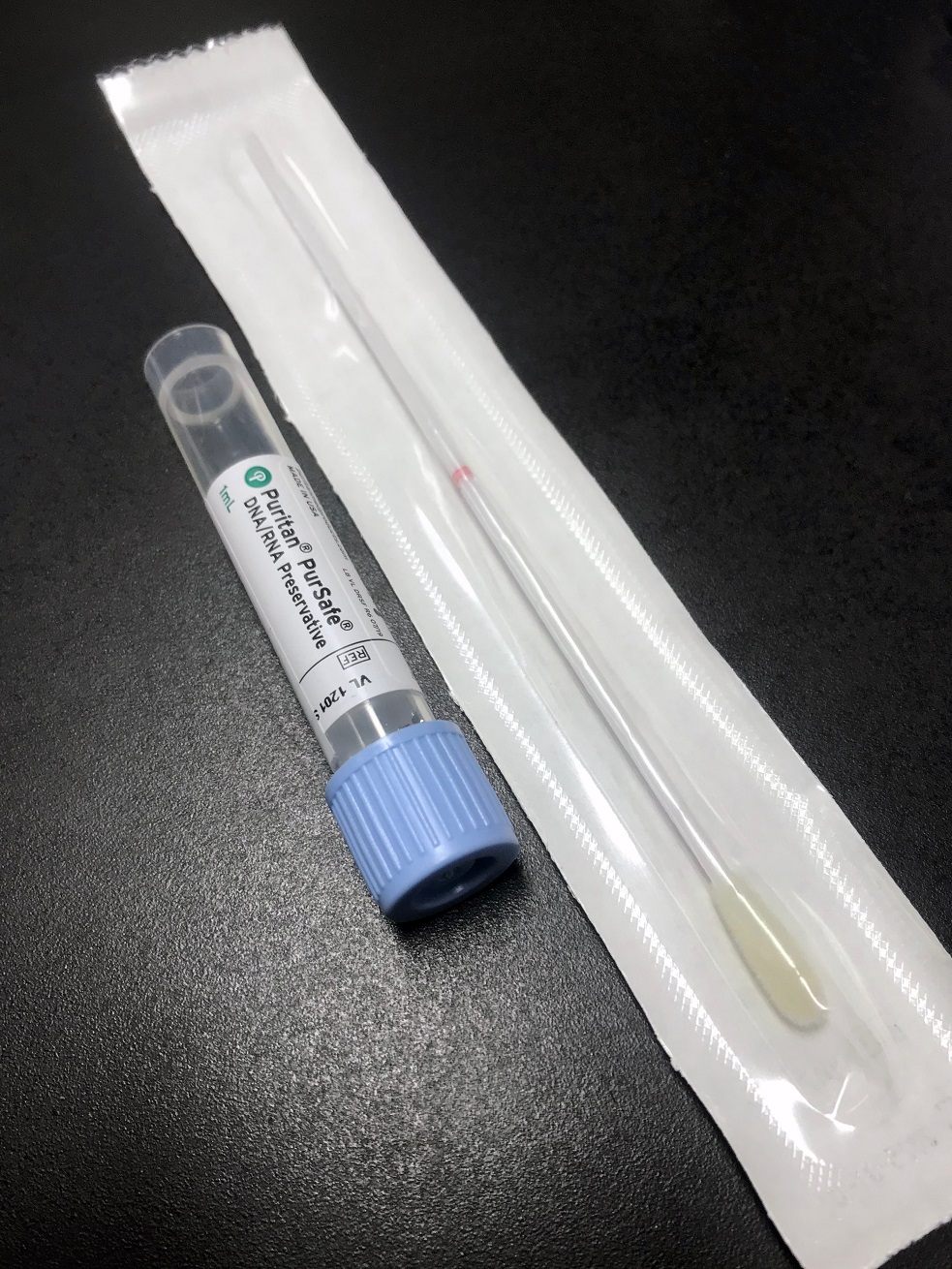The new WHO guidelines for PCR tests recommend that they be used as an aid to diagnosis.
“Most PCR assays are indicated as an aid for diagnosis, therefore, health care providers must consider any result in combination with timing of sampling, specimen type, assay specifics, clinical observations, patient history, confirmed status of any contacts, and epidemiological information.”
This WHO warning even states that another test should be done in case of a positive result in a person without symptoms of the disease.
“Where test results do not correspond with the clinical presentation, a new specimen should be taken and retested using the same or different NAT (nucleic acid amplification) technology.”
It also warns of weak positive results and the cycles required for virus detection.
“WHO guidance Diagnostic testing for SARS-CoV-2 states that careful interpretation of weak positive results is needed.”
“The cycle threshold (Ct) needed to detect virus is inversely proportional to the patient’s viral load.”
It also reminds users of the link between the decrease in the prevalence of the disease and the increase in false positives.
“WHO reminds IVD users that disease prevalence alters the predictive value of test results; as disease prevalence decreases, the risk of false positive increases.”
“This means that the probability that a person who has a positive result (SARS-CoV-2 detected) is truly infected with SARS-CoV-2 decreases as prevalence decreases, irrespective of the claimed specificity.”

